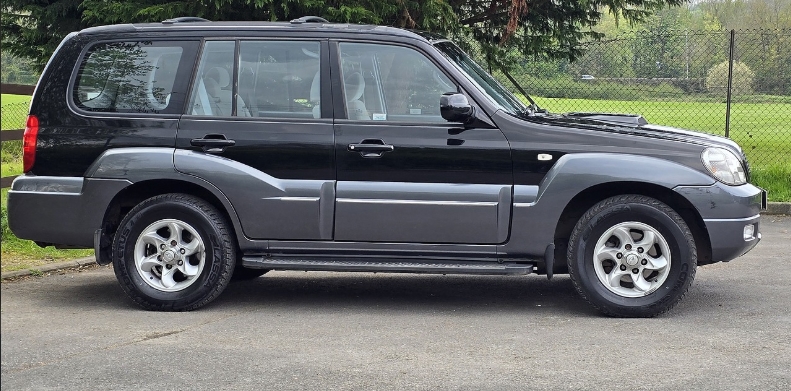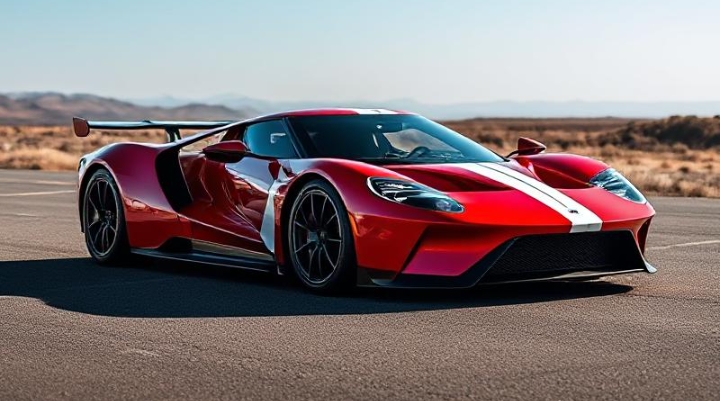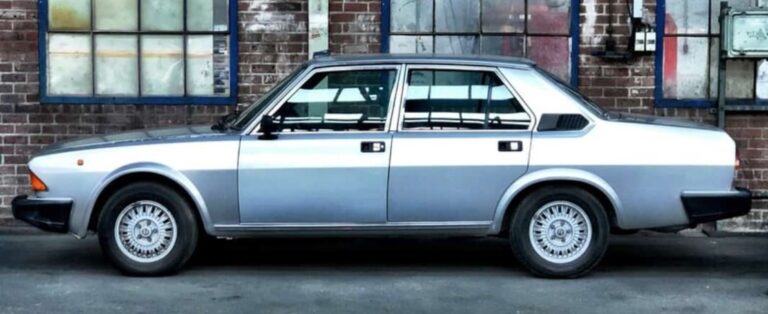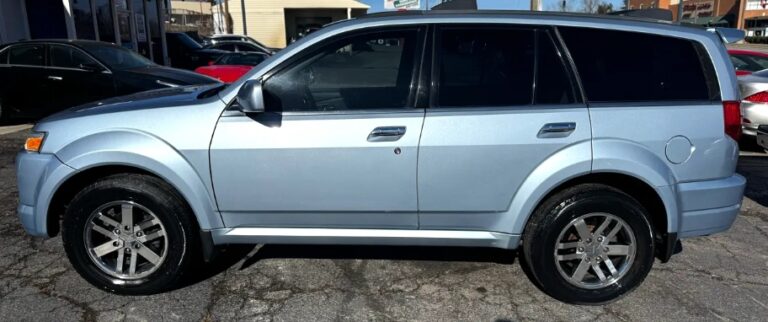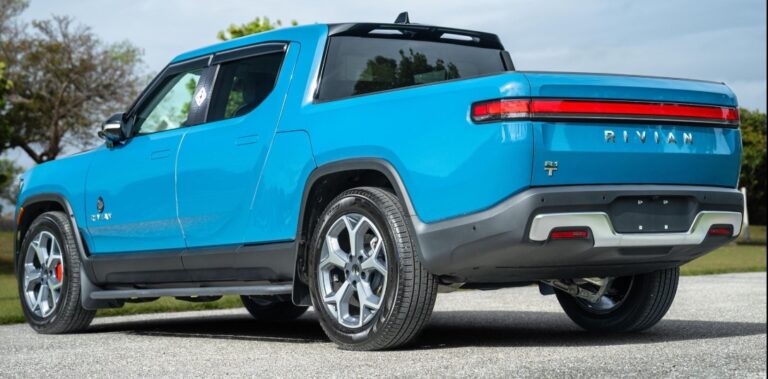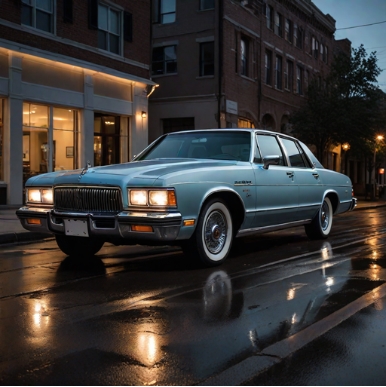King of the Land: The Rise and Reign of the Hyundai Terracan Evolution
In the annals of automotive history, some vehicles become icons, their silhouettes instantly recognizable decades later. Others, despite their capabilities and importance at the time, fade into a sort of respectful obscurity. The Hyundai Terracan firmly belongs to the latter category. It was a vehicle born of ambition, a robust and honest machine that represented a pivotal moment for a brand determined to conquer the world. Its name, a portmanteau of “Terra” (land) and “Khan” (king), was a bold declaration of intent: this was to be the “King of the Land.” For a short but significant reign, it was a worthy contender for the title. This is the story of its evolution.
The Genesis: A Royal Lineage and a Bold Ambition
The late 1990s was the dawn of the global SUV boom. Families were eschewing traditional saloons and estates for vehicles with a commanding driving position, rugged looks, and the promise of adventure. Hyundai, having successfully established itself as a purveyor of reliable and affordable compact cars like the Accent and Elantra, saw an opportunity and a challenge. To be taken seriously as a global automotive force, they needed a credible entry into the lucrative and highly competitive full-size SUV market, a domain dominated by Japanese titans like the Toyota Land Cruiser Prado and the Mitsubishi Pajero.
Rather than starting from a completely blank slate—a process that would be both time-consuming and prohibitively expensive—Hyundai took a pragmatic and proven route: they leveraged an existing partnership. The foundation for the Terracan was the chassis and core architecture of the second-generation Mitsubishi Pajero (also known as the Montero or Shogun). This was no mere copy; it was a licensed platform that gave Hyundai immediate access to a tough, body-on-frame design renowned for its off-road prowess.
This ladder-frame chassis was the Terracan’s certificate of authenticity. It endowed the vehicle with the structural rigidity needed for serious off-road work, a clear differentiator from the growing number of car-based “soft-roaders.” The formula was classic: independent front suspension with double wishbones and torsion bars for a reasonable on-road ride, paired with a rugged solid rear axle with coil springs for durability and articulation over rough terrain. Before its official debut, Hyundai hinted at its new direction with the “Highland” concept car in 1999, which showcased the chunky, muscular styling that would define the production model.
The Coronation: The First Wave (2001–2004)
The Hyundai Terracan officially launched in 2001, entering markets across Europe, Australia, Asia, and other regions (it was notably absent from North America, where the unibody Santa Fe was targeted). The design was penned in-house by Hyundai, and while it shared a visual kinship with other SUVs of the era, its clean lines, prominent grille, and substantial proportions gave it a distinct and handsome presence.
From its launch, the Terracan was offered with a straightforward but effective range of engines and drivetrains designed to appeal to different priorities.
Powertrains:
2.9-litre CRDi Diesel: The workhorse and by far the most popular engine choice in markets like Europe and Australia. This four-cylinder, 16-valve engine was one of Hyundai’s early forays into common-rail direct injection technology. In its initial guise, it produced a healthy 148 horsepower (110 kW) and a substantial 333 Nm (246 lb-ft) of torque. It was lauded for its low-end grunt, making it ideal for towing and off-road crawling, though it was never praised for its refinement.
3.5-litre V6 Petrol: For those who prioritized smooth power delivery over fuel economy, Hyundai offered a 3.5-litre ‘Sigma’ V6 engine, sourced from the Mitsubishi parts bin. This powerplant delivered a much more spirited 192 horsepower (143 kW) but with slightly less torque at 294 Nm (217 lb-ft), delivered higher in the rev range. It turned the Terracan into a capable highway cruiser but was notoriously thirsty.
Drivetrain Systems:
A key feature of the Terracan was its choice of sophisticated 4×4 systems, both equipped with a low-range transfer case for serious off-road multiplication.
EST (Electronic Shift Transfer): This was a conventional part-time 4WD system. The driver could select 2H (rear-wheel drive) for normal road use, 4H (four-wheel drive high) for slippery surfaces like gravel or snow, and 4L (four-wheel drive low) for extreme off-road conditions.
ATT (Active Torque Transfer): This was a more advanced full-time or “torque-on-demand” system, often found on higher trim levels. In normal driving, it operated primarily in rear-wheel drive to conserve fuel. However, an electronically controlled multi-plate clutch would automatically detect wheel slip and seamlessly transfer up to 50% of the power to the front axle as needed. The driver could also manually lock it into 4WD and select low range.
Trim Levels (2001-2004):
Trim levels varied by market, but a common structure emerged. In the UK, models were often simply designated by their engine and standard features, while in Australia, a more defined hierarchy was used.
Base/GL: The entry-level model, typically available with the 2.9 CRDi engine and a five-speed manual gearbox. Features were functional and included air conditioning, power windows, central locking, and often steel wheels. It was the no-frills workhorse of the range.
GLS / SLX: The mid-range trim that added more creature comforts. This level often included alloy wheels, a CD player, roof rails, fog lights, and two-tone paint or body cladding. Inside, it might feature improved upholstery and minor trim enhancements. It represented the sweet spot for many family buyers.
Highlander (or equivalent top-tier trim): This was the range-topping model, often paired with the 3.5 V6 engine and a four-speed automatic transmission as standard (though the diesel auto was also available). The Highlander was fully loaded with features such as leather upholstery, climate control air conditioning, a power-operated sunroof, woodgrain interior accents, and sometimes the more advanced ATT 4×4 system. It was Hyundai’s attempt to compete not just on capability, but on comfort and luxury.
A Mid-Reign Refresh: The Facelift (2005–2007)
By late 2004, to keep the model competitive for the 2005 model year, Hyundai gave the Terracan a significant mid-cycle facelift. The update was more than just cosmetic; it addressed some of the earlier model’s shortcomings and added a welcome dose of power and refinement.
Exterior and Interior Enhancements:
The most noticeable change was at the front. The original three-piece grille was replaced by a more modern, integrated single-piece design. The headlights and taillights were restyled, the bumpers were updated, and new alloy wheel designs were introduced. These changes brought the Terracan’s aesthetic more in line with Hyundai’s evolving corporate look.
Inside, the refresh was just as important. The dashboard and centre console were completely redesigned. The somewhat dated, plasticky layout of the original was replaced with a more ergonomic and visually appealing setup featuring better-quality materials, modern rotary dials for the climate controls, and a new instrument cluster. It was a successful effort to lift the cabin’s ambience from purely functional to genuinely pleasant.
Mechanical Upgrades:
The most crucial update lay under the bonnet. The venerable 2.9-litre CRDi diesel engine received a significant power boost. Thanks to tuning and potentially a new variable geometry turbocharger (VGT), output was increased to 161 horsepower (120 kW) and torque rose to a muscular 345 Nm (254 lb-ft). This extra performance made the Terracan a more capable towing vehicle and a more relaxed cruiser, addressing criticisms that the original could feel lethargic when fully laden. The 3.5 V6 engine remained largely unchanged. In some select markets, a smaller 2.5-litre diesel was also offered, but it was not widely available.
Post-Facelift Trim Levels:
The trim structure largely remained the same, but the standard equipment levels were often enhanced across the board. The base models became better equipped, while the top-tier Highlander continued to offer a near-luxury experience at a value-oriented price point. Seven-seat options became more common, solidifying the Terracan’s role as a versatile family hauler.
.
RepairSurge Online Repair Manuals Replace Bulky Books With Reliable Digital Information!
Faster And Cheaper Than Traditional Printed Manuals, Users Get Instant Access To The Repair Information They Need For Any Car, Truck, Van or SUV:
.
Abdication and Legacy: The End of an Era
Production of the Hyundai Terracan for most global markets ceased in 2007 (with some production continuing in China under the Hawtai brand for a few more years). Its discontinuation was not a sign of failure, but rather a reflection of a seismic shift in the automotive landscape and within Hyundai itself.
The market was moving decisively away from rugged, body-on-frame SUVs towards more comfortable, fuel-efficient, and car-like unibody crossovers. Hyundai was at the forefront of this trend with its hugely successful Santa Fe and Tucson models. The Terracan, with its old-school architecture and less-than-frugal engines, was becoming an analogue relic in a digital age. Furthermore, tightening emissions standards, particularly in Europe, would have required a costly re-engineering of its diesel powertrain.
Hyundai never created a direct, body-on-frame successor. The larger, more luxurious Veracruz (or ix55) that followed was a unibody vehicle focused on on-road refinement, not off-road grit. The Terracan’s legacy, therefore, is that of a bridge. It was a vehicle that proved Hyundai could build more than just city cars. It demonstrated that the brand could compete on a global stage in one of the toughest market segments, offering a product that matched its Japanese rivals on capability while decisively beating them on price.
Today, the Hyundai Terracan is remembered fondly by those who owned one. It is a cult favourite in the off-roading and overlanding communities, where its robust Mitsubishi-derived underpinnings, reliable diesel engine, and low purchase price make it an attractive and capable platform for modification. It may never have truly dethroned the kings from Toyota or Nissan, but for a brilliant period in the 2000s, the Hyundai Terracan was a powerful prince in the court of 4x4s—a true, and now somewhat forgotten, King of the Land.
